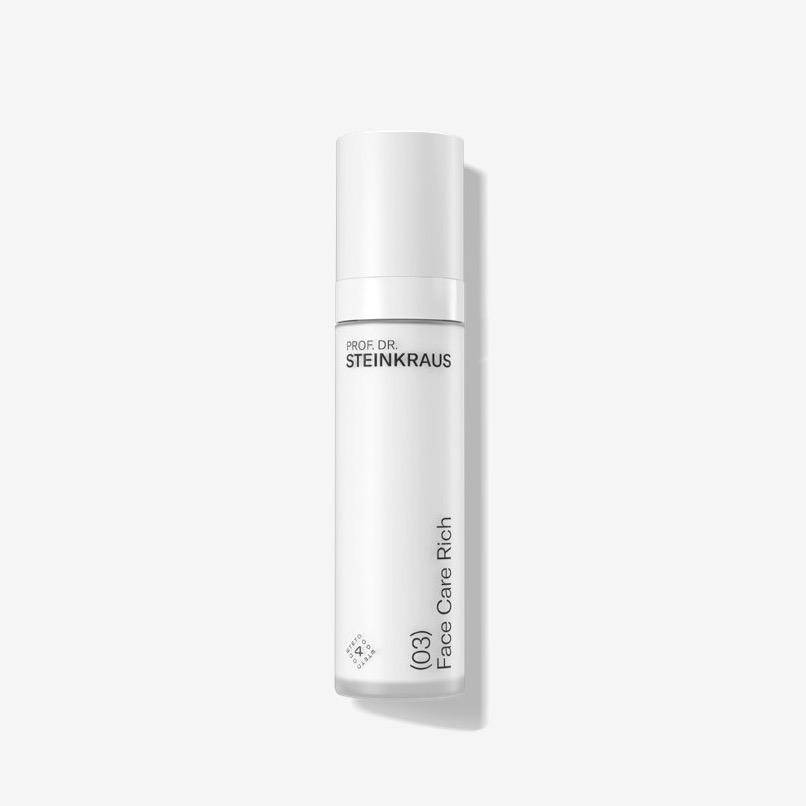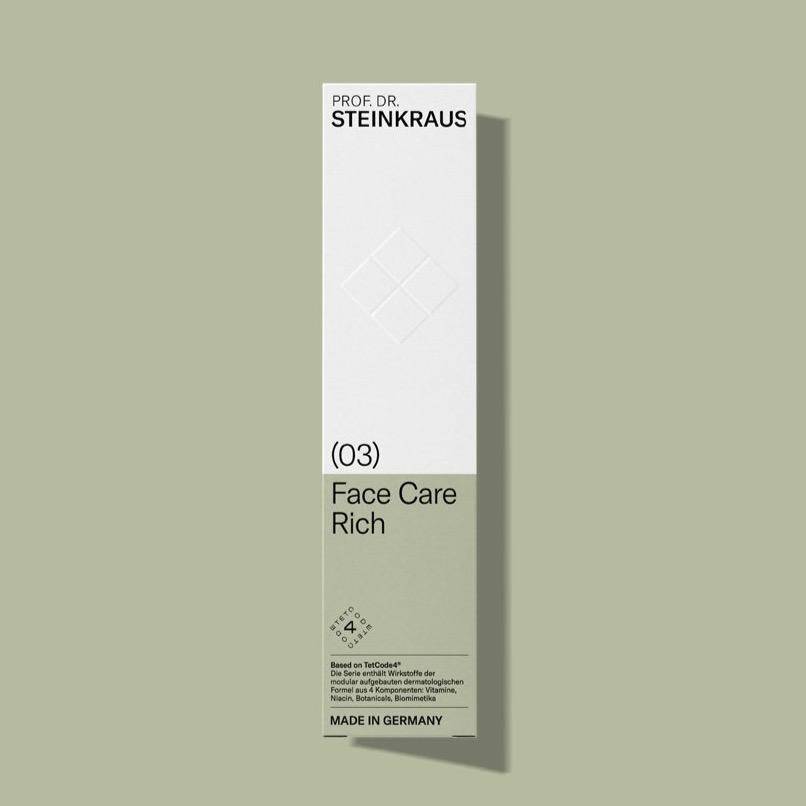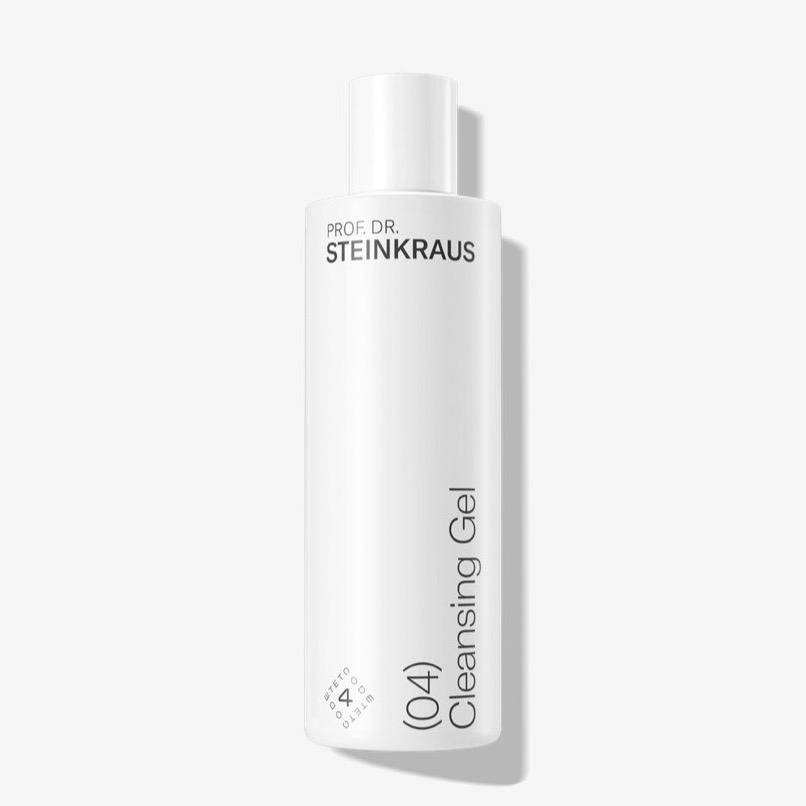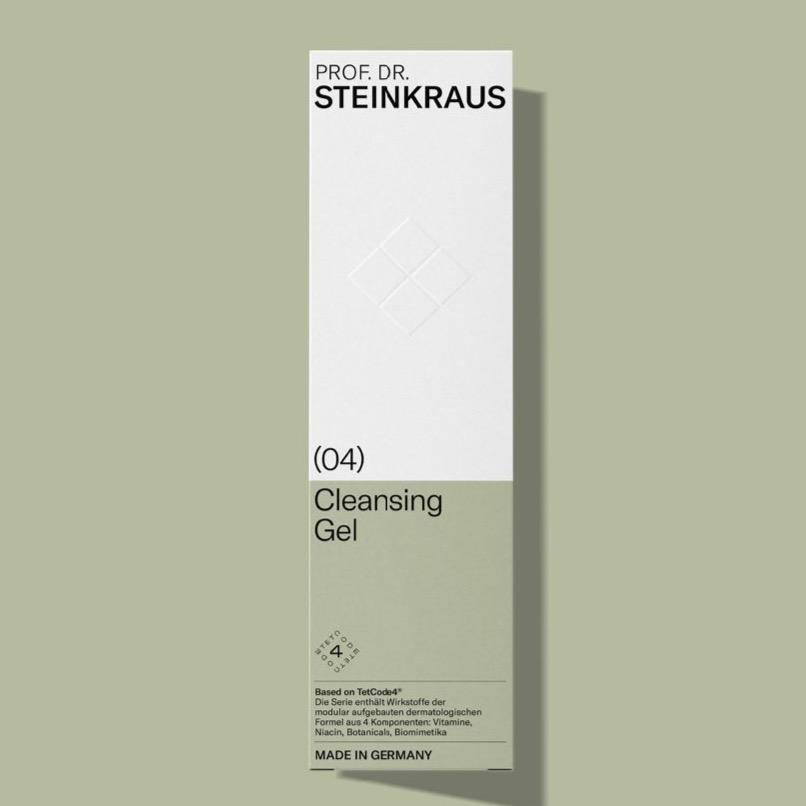
Haut und Kälte
The skin located at the periphery has a central role in protecting our body against physical stress. One of these stress factors is the cold that is now setting in more frequently.
Unter den unzähligen Aufgaben der Haut ist Ihre Schutzfunktion die wichtigste. Hierzu dient ihr eine barrier, die sich aus den obersten Zellen der Epidermis, sowie aus einer Mischung aus Wasser und Lipiden (Fetten) zusammensetzt. Die Barriere soll verhindern, dass wertvolle Dinge von innen nach außen verloren gehen und dass schädliche Dinge von außen nach innen gelangen.
The barrier is a complex mixture of dead cells of the epidermis and lipids and many small molecules that bind water or moisture ("natural moisturising factor"). It is controlled by a kind of "inner clock" and is constantly shed and rebuilt, i.e. the barrier is subject to a constant build-up and breakdown. The whole process is orchestrated and influenced by genetic predispositions (skin type), influences of the immune system, care and nutrition behaviour, age as well as mechanical irritations and physical environmental factors.
Last but not least, the development of an intact skin barrier is accompanied by a slightly acidic pH value and the presence of healthy microorganisms (microbiome), which finely balance the complexity of the barrier and enable metabolic processes so that the whole thing works at the end of the day. The totality of all these processes, i.e. their smooth interaction, therefore keeps the skin healthy or not.
Wichtig für die Intaktheit und die Funktionsfähigkeit der oben beschriebenen Barriere ist die presence of sufficient moisture, as a sufficient amount of moisture is an integral part of a functioning skin barrier.
The onset of cold now reduces the moisture content of the skin and thus leads to a disruption of the skin barrier. The reason for this is the physical phenomenon that cold dries out and the skin therefore loses moisture. If you hang laundry in the garden during frosty weather, you will notice that it dries. The same happens to the skin. It dries out, loses its smoothness and suppleness and becomes chapped. Occasionally there is also redness, burning and itching. These phenomena first appear on skin areas such as the lips, the backs of the hands or even the lower legs, as these tend to be dry by nature.
The drying cold outdoors is often exacerbated by overheated rooms indoors, which dry out even more.

Von dieser Austrocknung bei Kälte ist besonders die Gesichtshaut betroffen, da sie beim Aufenthalt in der kalten Winterluft meist nicht durch Kleidung geschützt, sondern der Kälte direkt ausgesetzt ist. Ein Improved skin protection für das Gesicht ist daher besonders im Winter wichtig. Dies geht am besten durch eine Intensivierung der Pflege. Nur so können Austrocknungen vermieden werden. Dies fängt schon bei der Reinigung an, die im Winter nicht übertrieben werden sollte.
Alle Reinigungsmittel, egal wie mild sie formuliert wurden, enthalten so genannte waschaktive Substanzen, d.h. Tenside. Tenside reinigen die Haut nicht nur von Schmutz, sondern sie stellen immer auch eine kurze Störung der Barriere da, weil sie der Haut natürlich auch Fette rauben. Die gesunde Haut hat hiermit überhaupt kein Problem, weil sie sich von dieser kurzfristigen Barrierestörung durch den Reinigungsvorgang, insbesondere wenn nur mild surfactants im Einsatz waren, sehr schnell wieder erholen kann.
Skin care should begin immediately after cleansing. Due to the contact with water, the uppermost skin layers are still saturated with water, which promotes the absorption of the skin care products. In cold weather, the skin tends to be cared for with richer products that contain less water and more lipids (fats or vegetable oils). Products with a high water content promote frostbite on the skin, especially at sub-zero temperatures.
Hieraus folgt, dass products with an ointment character (viel Fett, wenig Wasser) solchen mit Lotio-Charakter (wenig Fett, viel Wasser) im Winter vorgezogen werden sollten.
»But here too, over-care of the skin must be avoided at all costs.«
This applies not only to healthy skin, but also to skin that is prone to eczema, neurodermatitis, acne or rosacea.
With cleansing and care finely graduated to your individual skin type, which may also be underlaid with sera such as a vitamin C serum, a vitamin A serum or hyaluron, the skin can be kept in the very best of moods even in winter.
(03)
Face Care Rich
€ 62,00



€ 30,00
(04)
Cleansing Gel



(05)
Hyaluron Serum



